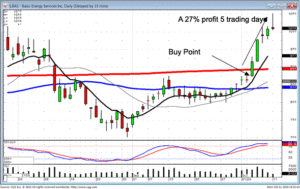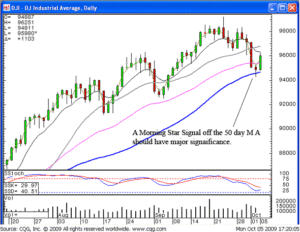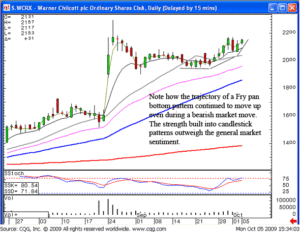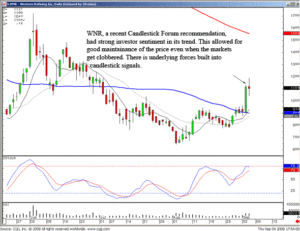All stock investors face one primary challenge; a challenge so formidable that it can undermine even the most successful stock investing concepts. This challenge is simply called “emotion”.
Emotions are the impetus behind every stock market trend. Frankly, if they didn’t exist in the machinations of the stock market, investors could make money based entirely on the expanding or receding economy, as opposed to solid, time-tested stock investing concepts. Additionally, the more successful investors wouldn’t have the ability to profit from the emotional mistakes of the “amateurs”.
As an example, let’s say that you have studied numerous techniques, read “Stock Market for Dummies”, as well as all the rest of the recommended trading and investing books, dabbled in paper-trading, and read all of the stock market newsletters. Now you’re ready to take the plunge and make some real money with your own stock investing concepts.
You wisely approach your new venture with the expectation of a certain amount of losses, although you want to keep them as minimal as possible. You are aware that losses are a part of the game and you’ve experienced your share of them but, up to this point, your wins have outnumbered your losses. Your reasoning for this is that you have not deviated from your chosen stock investing concepts. You are excited to get started.
One day, after fighting traffic for hours, you eagerly log in to your stock market online investing account and find that there have been changes in the market. Although you would normally follow your usual plan of action, pressure and greed take over. You alter your normal stock investing concepts regarding buying and selling but convince yourself that it will be OK just on this one occasion.
Stock prices start dropping and now, not only do you have to deal with pressure and greed, but also with fear. Fear wrecks every investor’s self-confidence with tenacity. Fear will whisper in your ear – “you don’t know what you’re doing.”
Greed and fear are now in control and are telling you what to do. Self-confidence, reason, and caution have all been thrown to the wind.
By now you have totally forgotten the golden rule of investing – “buy low and sell high” because you’ve lost too much money and you feel you have to get it back. Greed tells you “it will work,” and fear tells you it has to work!”
Your spouse, partner, or trading buddy has now become aware of your plight and is complaining about the lost money, adding even more pressure to the mix. Your funds are now all but gone. You made critical errors and invested money that you need right now. Now you’re playing the margins and are totally out of control.
Don’t let the above scenario happen to you. Although the specifics of the experience will change, the underlying cause of this situation is your own emotions. You’ll get through it, but the memory of that terrible defeat will stay with you forever. Fear will affect every future investment decision and significantly limit your ability to return to your previous successful stock market investing strategy. You are afraid that the same scenario will happen again. However, it doesn’t have to be that way.
Developing a line of attack to deal with your emotions can put you back on the road to success.
Here is a solid stock investing concept:
Don’t go into the stock market simply to feed your ego.






